Tag: injury
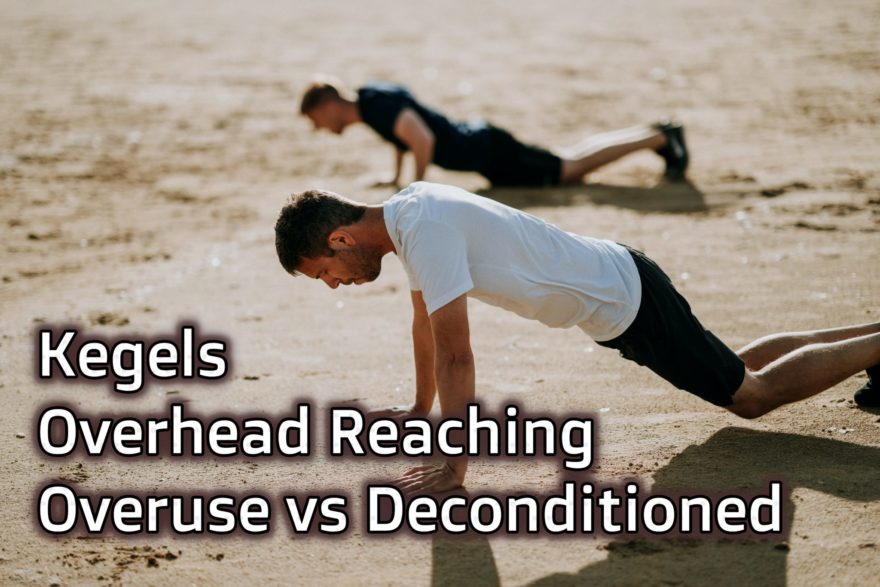
Kegels, Overhead Reaching, and Overuse vs Deconditioned – Movement Debrief Episode 104
Movement Debrief Episode 104 is in the books. Below is a copy of the video for your viewing pleasure, and…

September 2019 Links and Review
Every week, my newsletter subscribers get links to some of the goodies that I’ve come across on the internets. Here…
July 2019 Links and Review
Every week, my newsletter subscribers get links to some of the goodies that I’ve come across on the internets. Here…
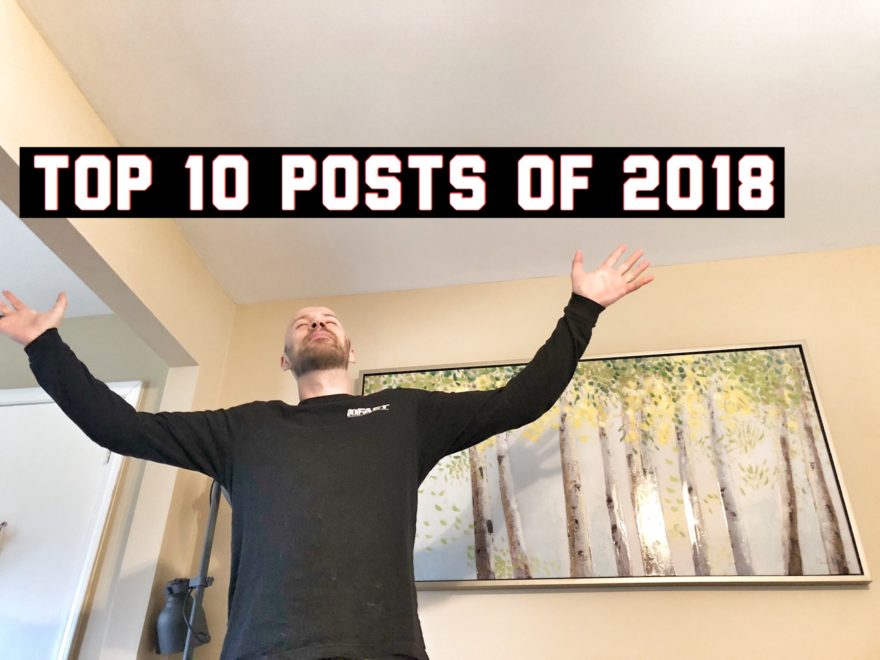
Top 10 Posts of 2018
At the end of each year, I like to see what you beautiful…sexy…outstanding people liked. What the fam….recognized (fam). This…
Physical Therapy Faux Pas: 5 Fixable Blunders Clinicians and Coaches Make
Faux Pas: (Noun) An embarrassing or tactless act or remark.¹ I’m not the greatest physical therapist. I make mistakes,…
You’re Hurt, Now What?
Getting hurt. It happens. Many times when it does, your mind will end up racing. What should I do? Should…
Refer In: When Trainers Can Work with People in Pain
It is a common recommendation to immediately refer clients in pain to a medical practitioner. However, immediate referral is oftentimes…
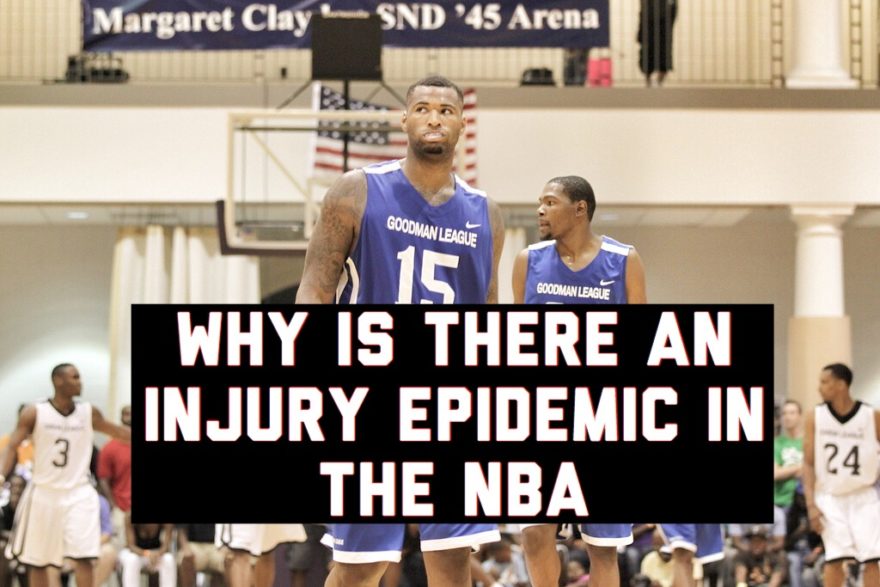
Why is There an Injury Epidemic in the NBA
Even though I am no longer in the league, I still follow what’s going on in the NBA to a…
Death of Vertical Tibia, Usain Bolt, Complex Patients, and More – Movement Debrief Episode 13
Movement Debrief Episode 13 yesterday involved quite a few rants. Must’ve been the ketones talking. Here’s what we talked about:…

Master the Fundamentals of PT, Neurodynamic Tricks, & Check Your Ego – Movement Debrief Episode 7
Episode 7 of the Movement Debrief (aka The Movement Awakens) occurred last night. I can only imagine how devastated you…
Explain Pain Section 3: The Damaged and Deconditioned Body
This is a summary of section 2 of “Explain Pain” by David Butler and Lorimer Moseley. Tissue Injury 101 When a body…


